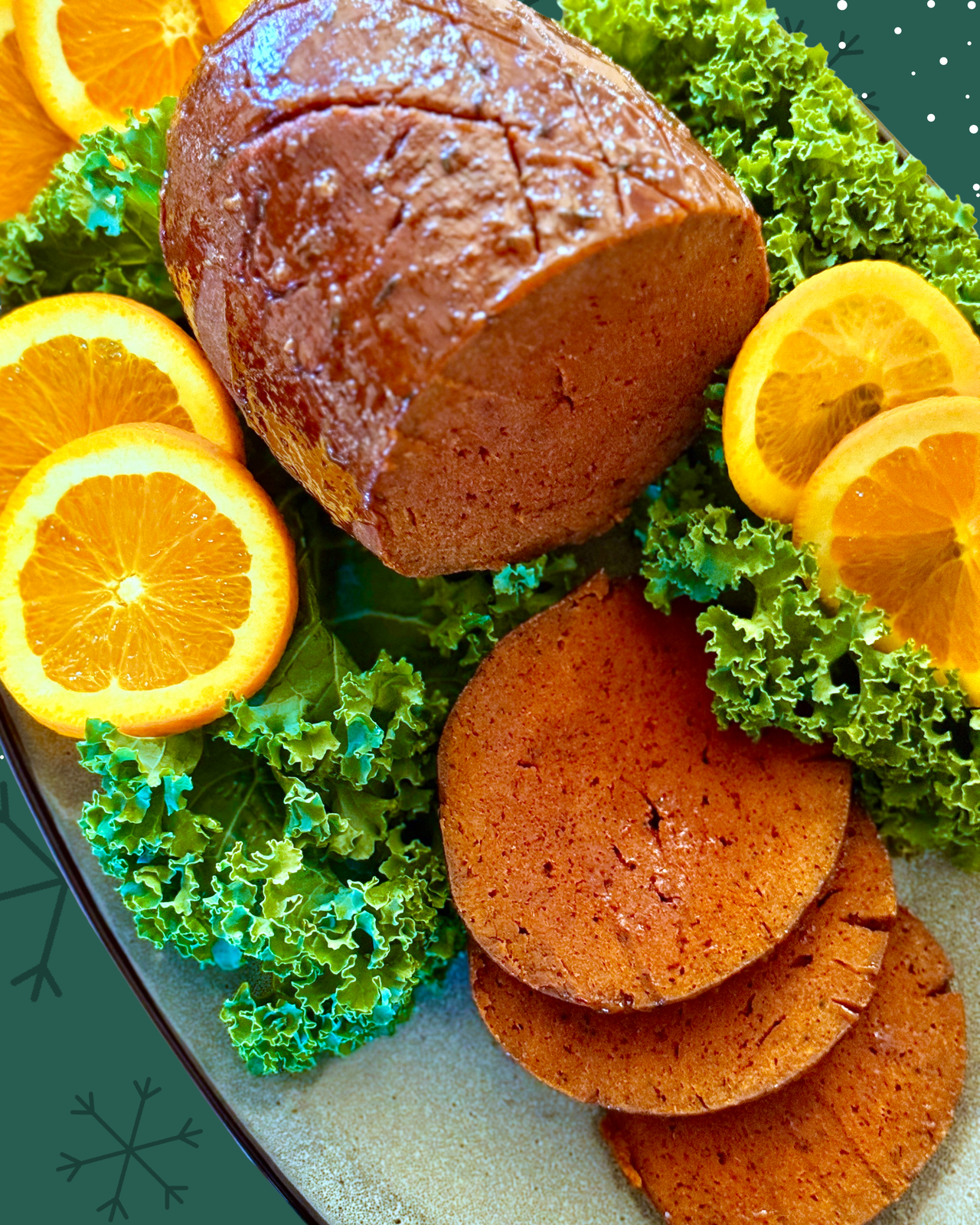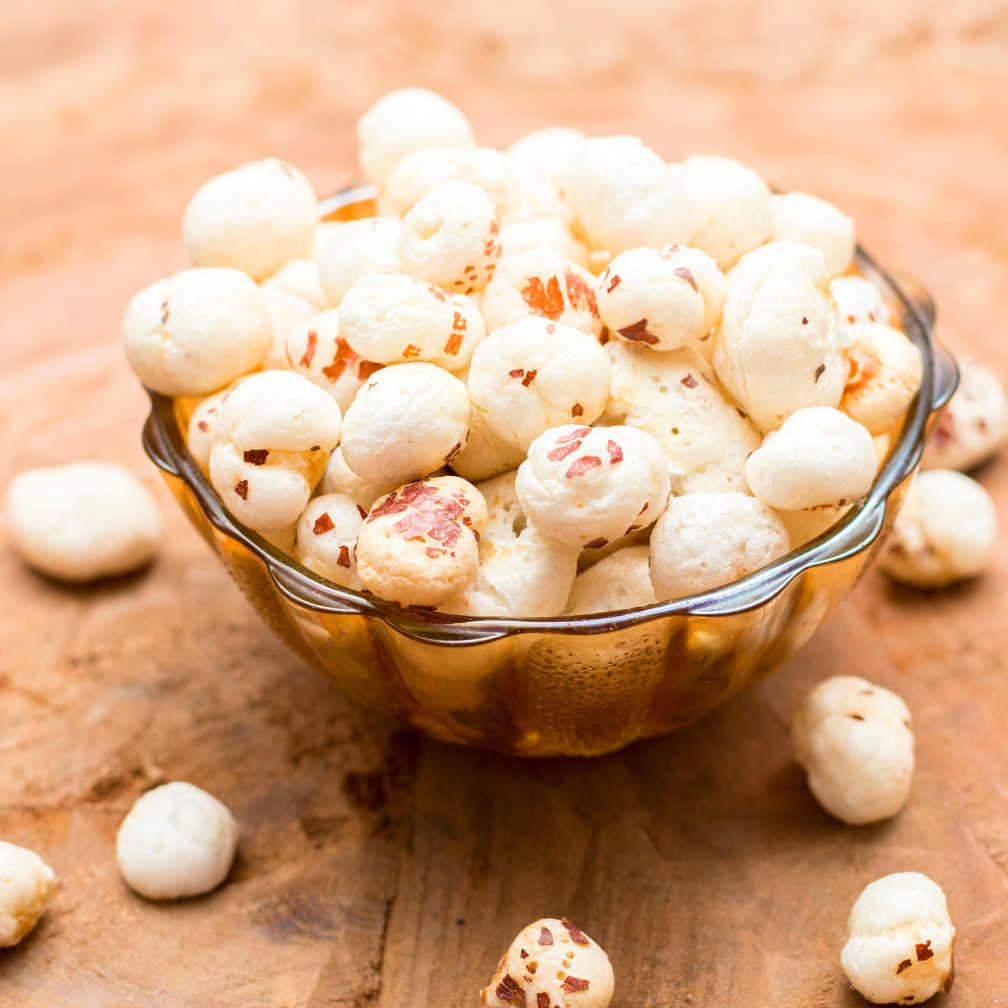There are two kinds of coffee drinkers: those who like it black or those who think the milkier, the better. For the latter, getting a perfectly frothed milk foam is an essential element of the coffee-drinking experience. But not all milks are created equal when it comes to how well they froth.
Ketut Subiyanto/Pexels
Early versions of dairy-free milks had some frothing challenges but we have come a long way in the last several decades. In fact, dairy-free milk companies are now specifically making products for baristas, both the professional and at-home kind.
So what’s the key to a perfectly frothy dairy-free latte? We asked two baristas—Johny Morrisson, a coffee expert and former barista, and Kayla Stavridis, a former Starbucks barista and current Head of Marketing at Baristahq.com—about which milks were best.
Table of Contents
Oat milk: the creamy and versatile favorite
The popularity of oat milk has skyrocketed in recent years, with the global oat milk market valued at nearly $3 billion in 2023 and projected to surpass $6 billion by 2032. And it makes perfect sense that oat milk is so popular, at least when it comes to its superior functionality.
 Blue Bottle Coffee
Blue Bottle Coffee
Both Morrisson and Stavridis agree that oat milk is the top choice for frothing. “Oat milk is the closest match to dairy milk in terms of texture and foaming ability,” Morrisson tells VegNews. He praises its creamy texture and neutral flavor, which complements coffee well without overpowering it.
“It produces silky microfoam that holds its shape well, allowing baristas to create beautiful latte art that rivals whole milk,” Morrisson says.
Stavridis echoes this sentiment, noting that oat milk’s ability to produce a thick, creamy foam makes it a favorite for lattes and cappuccinos. “Oat milk also has a mild, slightly sweet flavor that complements espresso wonderfully,” Stavridis tells VegNews.
 Oatly
Oatly
Morrisson recommends using “barista blend” versions such as Oatly Barista Edition or Califia Farms Oat Barista Blend, which contain added oils and stabilizers that help the milk foam and steam similarly to dairy milk.
Stavridis adds that these blends are also widely used in coffee shops around the world for their consistency and frothing capacity. Oatly, in particular, has become a staple in many specialty coffee shops, including Starbucks.
Soy milk: reliable and creamy
Soy milk has long been a favorite in coffee shops and homes, offering a high-protein alternative that froths effectively.
Stavridis highlights that soy milk’s stable frothing characteristics make it ideal for drinks such as flat whites and macchiatos, where a subtle flavor profile is desired to let the espresso shine.
“It creates a smooth, creamy texture that holds up well under heat and has a neutral flavor that doesn’t overpower the coffee,” Stavridis says.
Soy milk was one of the first dairy-free options to gain mainstream popularity, partly due to its health benefits, such as being cholesterol-free and low in saturated fat. However, the dairy-free milk does have some drawbacks. “Soy milk creates a stable foam but it has a distinctive ‘beany’ flavor that can be off-putting,” Morrisson notes.
For soy milk, Morrisson recommends Westsoy Organic Unsweetened, advising to opt for unsweetened versions without added flavors for the best results.
Almond milk: light and nutty with limitations
Almond milk is widely available and often praised for its slightly sweet, nutty flavor that pairs well with both hot and cold coffee drinks. Morrisson points out that almond milk can add a pleasant flavor note to iced coffees and cold brews, where its lightness shines.
 Picsfast/Pexels
Picsfast/Pexels
“The main issue with almond milk is its tendency to separate or ‘curdle’ when added to hot coffee,” Morrisson says adding that its low protein content means it doesn’t foam as well as other alternatives.
“When it does foam, the bubbles tend to be larger and less stable than what you’d get with dairy milk,” Morrisson says.
Stavridis agrees, highlighting that while almond milk does froth decently, the foam tends to be more airy and less rich. Gentle warming is key to preventing separation.
Plant-based milk companies, such as Califia Farms, have resolved some of these issues with their barista blend, which is formulated for better heat stability and frothing.
Coconut milk: unique flavor with frothing challenges
Coconut milk, derived from the meat of mature coconuts, offers a unique flavor profile that can add a tropical twist to coffee drinks—but it can be polarizing.
“It’s definitely not a flavor that everyone’s into—some folks love it, while others can’t stand it,” Morrisson says.
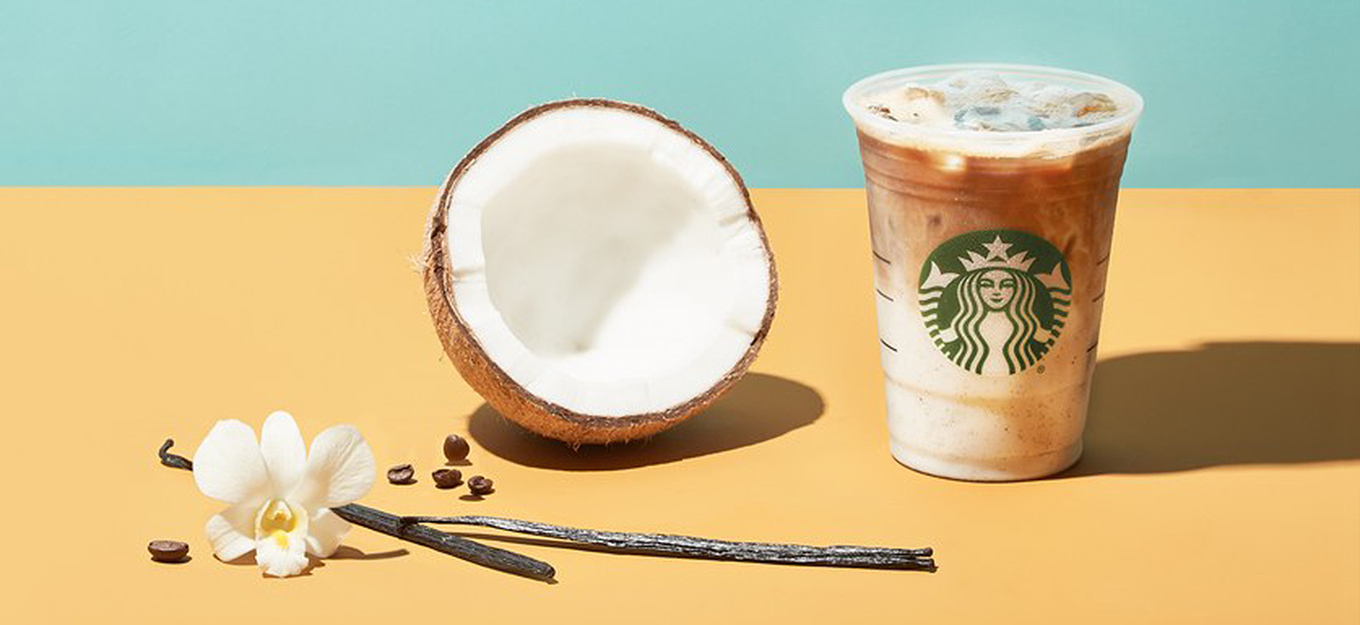 Starbucks
Starbucks
Coconut milk’s lower protein content results in froth that is light and airy, with larger, unstable bubbles that dissipate quickly. As a result, Morrisson finds coconut milk better suited for iced coffee drinks or as a creamer alternative.
Stavridis adds that the higher fat content in coconut milk can make it challenging to work with, affecting the consistency of the froth. However, its rich texture and natural sweetness make it a popular choice for those looking to experiment with flavors.
Coconut milk is often used in specialty coffee shops for specific drinks, such as coconut lattes or blended iced coffee beverages, where its distinct taste is an advantage.
Macadamia milk: rich and buttery
Macadamia milk is a newer entrant in the market but is quickly gaining traction due to its rich, creamy texture and subtle nutty flavor. Its ability to hold its texture well allows baristas to pour intricate designs that retain their shape, similar to what is achievable with oat milk.
“Macadamia milk froths up beautifully, creating a velvety microfoam that’s perfect for latte and cappuccino,” Morrisson says.
Stavridis agrees that macadamia milk froths reasonably well and has a rich, slightly buttery taste. Its creamy texture makes it a versatile option for a wide range of coffee drinks. However, this nut milk has yet to gain widespread traction at coffee shops nationwide.
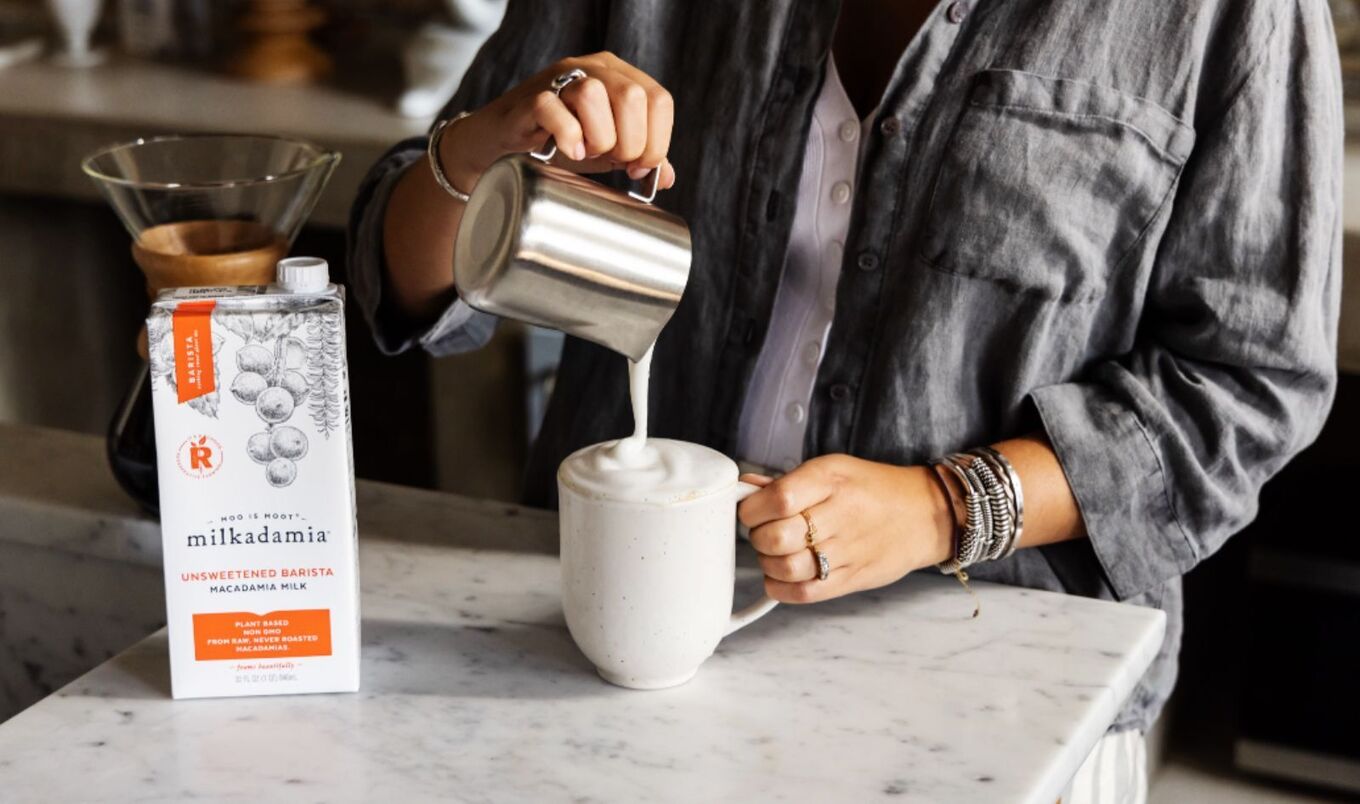 Milkadamia
Milkadamia
For home use, Morrisson recommends the Milkadamia Barista blend, which is specifically formulated to perform well in coffee applications.
Tips for at-home baristas
No fancy espresso machine, no problem: Morrisson and Stavridis offer valuable tips to achieve the best results with dairy-free milk for all of the home baristas out there.
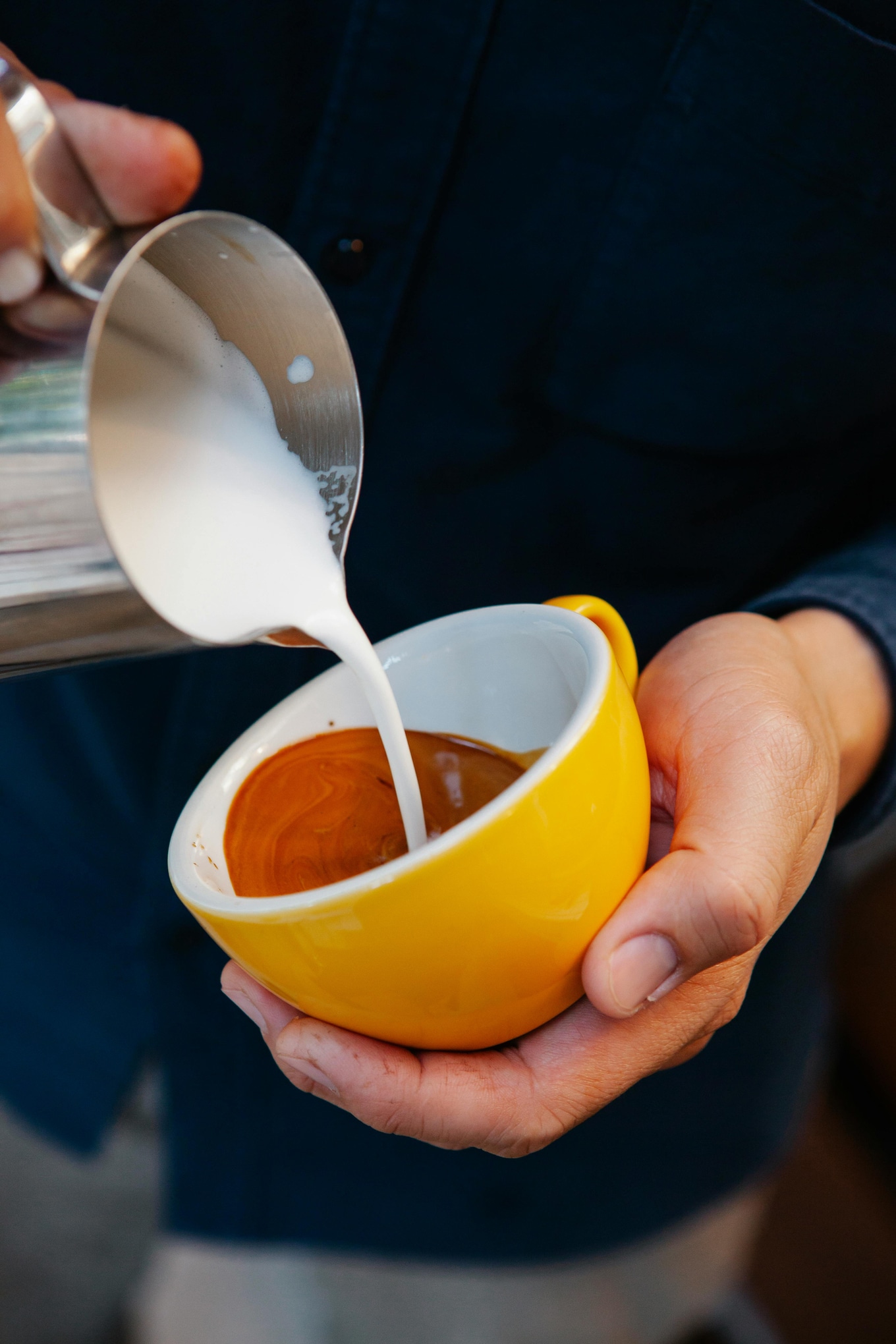 Tim Douglas/Pexels
Tim Douglas/Pexels
1Shake the milk
Always shake non-dairy milk well before use, as separation is common. This helps create a more uniform consistency when frothing.
2Use barista blends
Look for “barista blend” versions of plant milk. These are formulated specifically for coffee drinks, providing better texture, heat stability, and frothing ability.
3Slow heating is key
Gently heating the milk before frothing can improve the texture and stability of the foam. Using tools like a manual frother or a simple whisk can yield good results even without professional equipment.
4Blend different milks
Don’t be afraid to get creative by blending different plant milks to achieve your ideal flavor and texture.
“I like to mix oat milk with a splash of almond milk,” Morrisson shares. “Oat milk gives the perfect froth, and almond milk adds that nutty flavor I really enjoy.”
For more plant-based stories like this, read:
Here at VegNews, we live and breathe the plant-based lifestyle, and only recommend products we feel make our lives amazing. Occasionally, articles may include shopping links where we might earn a small commission, but in no way does this effect the editorial integrity of VegNews.


